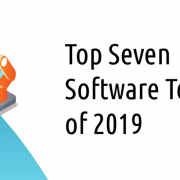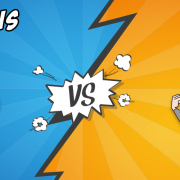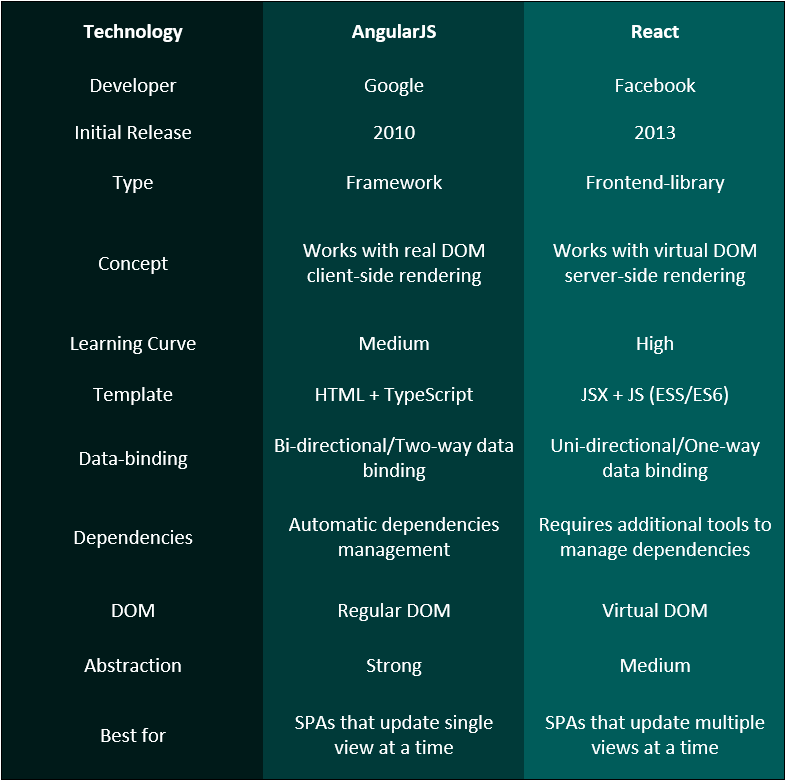5 Ways Virtual Reality Will Empower Businesses in 2019
5 Ways Virtual Reality Will Empower Businesses in 2019
For a long time, virtual reality (VR) seemed to be a distant reality—something to look forward to in the coming years. However, now VR is a reality that businesses have access to today. The increasing affordability of VR headsets has contributed to making VR a strong and growing market. This in turn has stimulated a greater number of VR leveraged platforms designed to assist businesses with process improvements. Although virtual reality has historically been associated with the gaming industry, it is important to note it is not limited to this single domain. Today, one can find the use of virtual reality in healthcare, business, travel, and many other sectors.
The market for virtual reality is estimated to reach $485 billion by 2025. Considering how quickly virtual reality has become mainstream and how rapidly companies are endorsing and embracing virtual reality, this estimate is not an exaggeration by any means. In this guide, we are going to explore how virtual reality will impact and empower businesses in 2019.
Immersive Branding
There is no question that virtual reality can transform media. For businesses, it means exciting, new opportunities for branding. Clearly, it is one way to differentiate a brand’s promotional campaign from the competition and convey a clear message of technological supremacy. Interactive messaging will be a crucial component of branding and product promotion in the future.
The richness of the message and the level of engagement that such branding delivers is unmatched. Never before was there such an opportunity for a brand to occupy the mind space of a target audience with a truly immersive marketing experience, and virtual reality is spearheading this movement.
Boosting eCommerce
One of the main reasons for the often negative sales of eCommerce businesses is the fact that buyers are unwilling to spend on stuff that they haven’t tried. VR technology overcomes this issue simply as it can make product trials and demonstrations possible for various product categories. Hence VR can provide an authentic product experience to potential buyers.
For example, in the real estate industry, VR enables home tours from any location on the globe. Also, Airbus lets airline executives take aircraft tours without actually visiting the facility. Along similar lines, Audi offers “an R8 test drive from your living room”, a VR powered experience, which has played a significant role in boosting sales.
Product Designing and Prototyping
Although VR enhanced shopping experiences and VR immersive experiences enjoyed from the comfort of home are still far off, the use of VR to implement futuristic product prototyping is a reality now. Because it is cheaper to design a product or a complicated component of a large machine virtually rather than physically, the application of virtual reality is likely to grow tremendously.
Ford is one of the most innovative companies in the world. The company claims that it saves about $8 million per year by using VR technologies for designing and testing parts of new cars before moving on to making pre-production parts.
Of course, the cost to set up an advanced VR tech-enabled prototyping lab is steep, but greater cost efficiencies are inevitable, encouraging more businesses to invest in these facilities.
Novel Business Opportunities
Virtual reality technology is helping entrepreneurs create novel businesses. For example, VR cafes, just like traditional cafes, will act as social places and gateways for people looking for unique and virtually enriched experiences. These cafes include entertainment options like games, videos, social media experiences, 3D book and multi-media content, team building opportunities, and virtually enhanced meditations.
VR gaming centers or hubs could also soon be a hit. Avatarico, a VR platform, offers team-based VR entertainment franchising and licensing opportunities to entrepreneurs who can simply install VR technology in place and start offering unique entertainment in their cities, with large ROIs.
Next Level of Remote Work
Ten years ago, working remotely was still a thought experiment that only established enterprises could afford to consider. However, today, the technology is a part and parcel of startups, SMBs, and enterprises alike. Virtual reality can take things to the next level. It can empower businesses to deliver better experiences to remotely connected employees and get the best outputs from these employees. Whether it is a team meeting, training session, plant tour, or rewards and recognition program, virtual reality can make remote work experiences more realistic, enriching, and fruitful.
No business can afford to sleep on virtual reality. As the number of VR uses increases, more opportunities will be created for businesses to incorporate them into their daily operations. What are your thoughts on how we will be using VR in the workspace five years from now? How will your company leverage VR to reap more benefits? Send us your ideas; we would love to hear from you.










